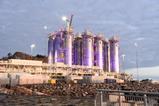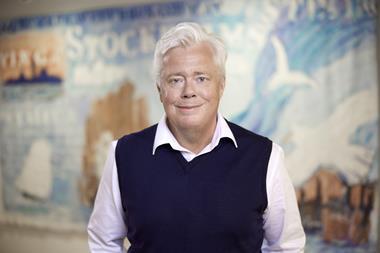Swedish national pensions buffer fund AP1 reported a 9.4% investment loss after costs for the first six months of this year, saying positive results from some asset classes were not able to prevent equity, bond market declines leading to overall negative return.
The announcement comes a week after AP4 – the largest of the big four buffer funds in Sweden’s income pension system – reported a 12.6% first-half loss on its portfolio.
AP1 said alongside its interim report published this morning that despite uncertainty and volatile markets, the now SEK420bn (€40bn) national pensions buffer fund “continued to deliver positive returns on its investments in foreign exchange and alternative assets such as private equity, real estate and infrastructure”.
“The large falls in global fixed income and equities markets could, however, not be parried by the fund,” AP1 added.
Chief executive officer Kristin Magnusson Bernard said: “Russia’s invasion of Ukraine has brought war to our doorstep, and Europe is dealing with its most severe refugee crisis since World War II.”
In those negative circumstances, she said, the fund’s focus had been on protecting the portfolio by lowering the allocation to listed equities, reducing duration, optimising liquidity management and taking advantage of the strong US dollar as permitted by the fund’s hedging requirements.
Magnusson Bernard said AP1 had managed, however, to protect its portfolio relative to benchmarks in the challenging market of the first half of 2022, noting the Stockholm Stock Exchange had fallen 30% in the period, while the MSCI World had declined by 20%.
“We continuously push ourselves to learn from previous periods of market turbulence and to question historic patterns so that we can act in a way that creates value,” she said.
AP1’s net assets fell to SEK420bn by the end of June from SEK466bn at the end of last year.
Its net investment income was SEK43.6bn in the period, and it contributed SEK2.0bn to the pension system – less than half of the SEK4.2bn it sent to the system in the same period las year, according to the new figures.
Read the digital edition of IPE’s latest magazine


































No comments yet